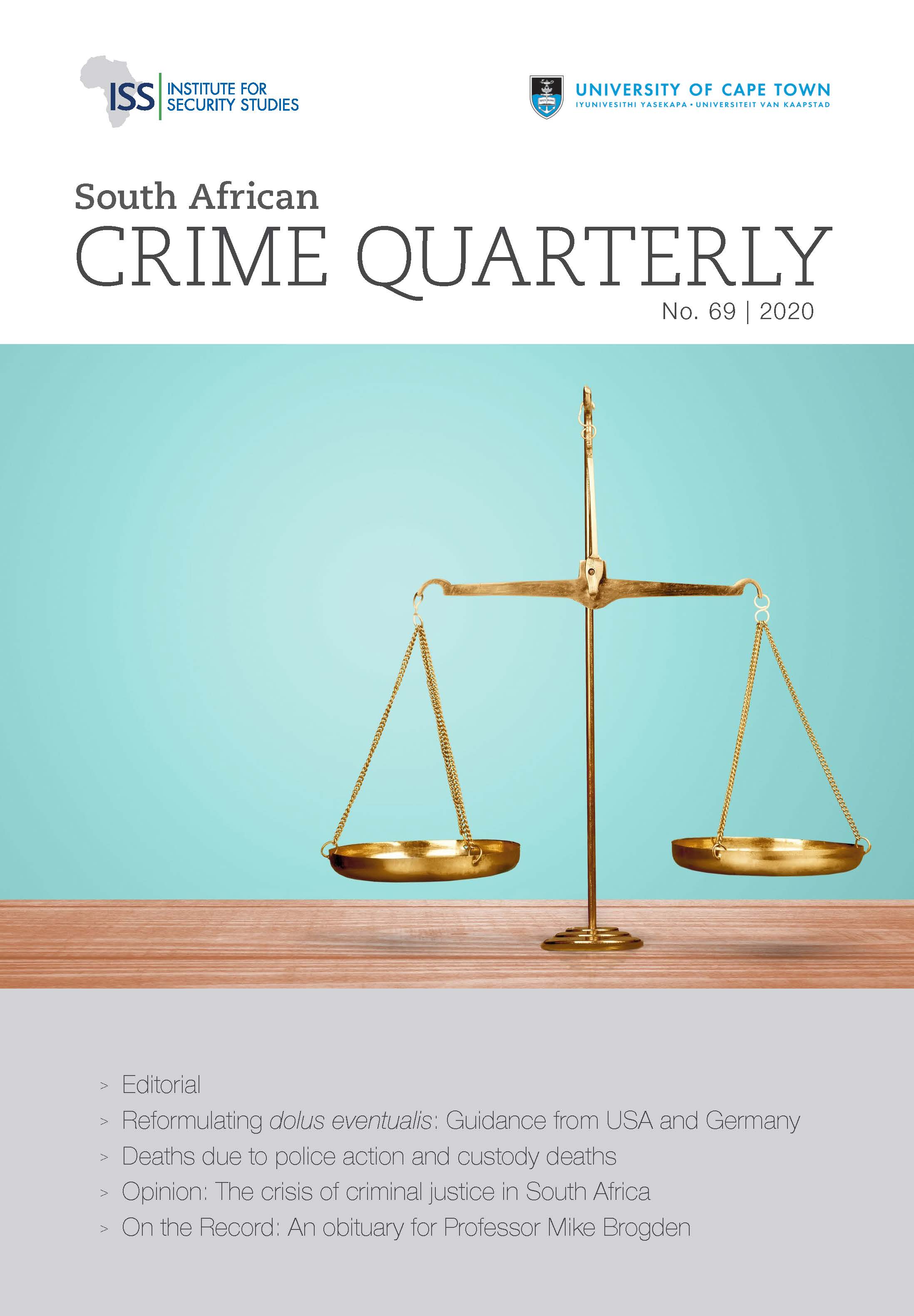Equitable allocation of police human resources: Social Justice Coalition and Others v Minister of Police and Others
DOI:
https://doi.org/10.17159/2413-3108/2020/i69a7232Abstract
At the end of 2018, the Western Cape High Court handed down a ground-breaking judgment in the case of Social Justice Coalition and Others v Minister of Police and Others. The court held that the distribution of police personnel in the Western Cape unfairly discriminated against black and poor people on the basis of race and poverty. As the first case in South Africa recognising poverty as a discrete ground of discrimination, the judgment marks a significant development in the country’s equality rights jurisprudence. In addition, the court’s recognition that police distribution in the Western Cape is unfairly discriminatory has profound implications for the system of allocating police resources in that province, and potentially across the country.
In this case note I summarise the key issues in the case and offer an analysis of the court’s approach, arguing that while the case is to be lauded for its recognition of poverty as a ground of discrimination there are also some missed opportunities. Most significantly, the practical impact of the judgment has yet to be determined as the court limited its order to declaratory relief, requiring the parties to return to argue on the further practical remedy that should follow.
Downloads
Downloads
Published
Issue
Section
License
Copyright (c) 2020 Author and Institute for Security Studies/UCT

This work is licensed under a Creative Commons Attribution 4.0 International License.
SACQ is licenced under a creative commons licence (CC BY) that allows others to distribute, remix, tweak, and build upon your work, even commercially, as long a they give appropriate credit, provide a link to the license, and indicate if changes were made. They may do so in any reasonable manner, but not in any way that suggests the licensor endorses you or your use.
Copyright for articles published is vested equally between the author/s, the Institute for Security Studies and the Centre of Criminology (UCT).




.png)